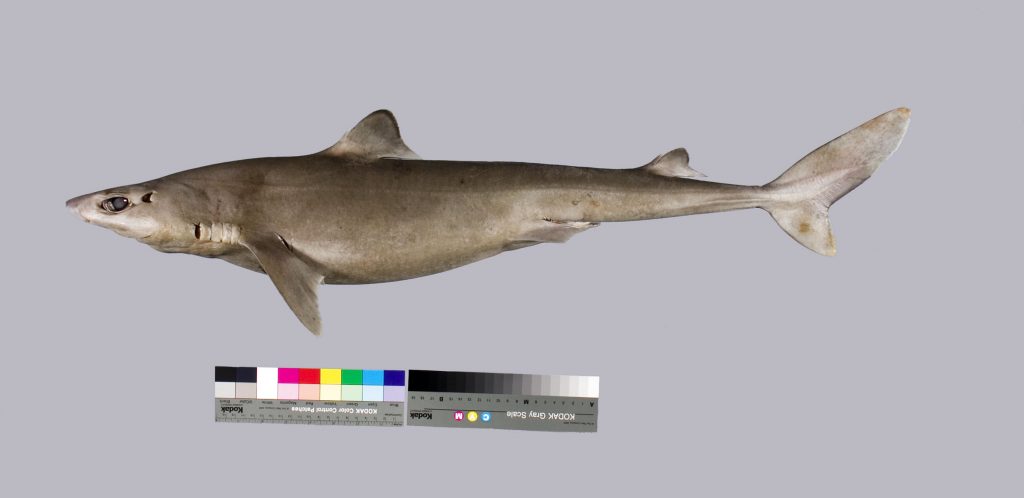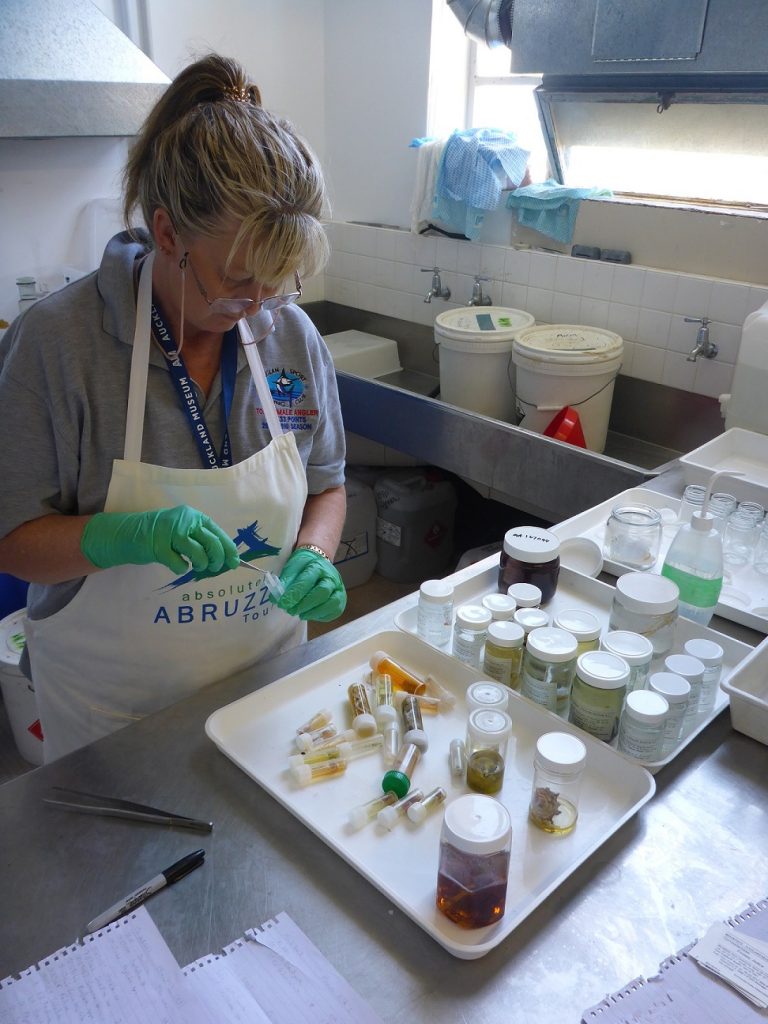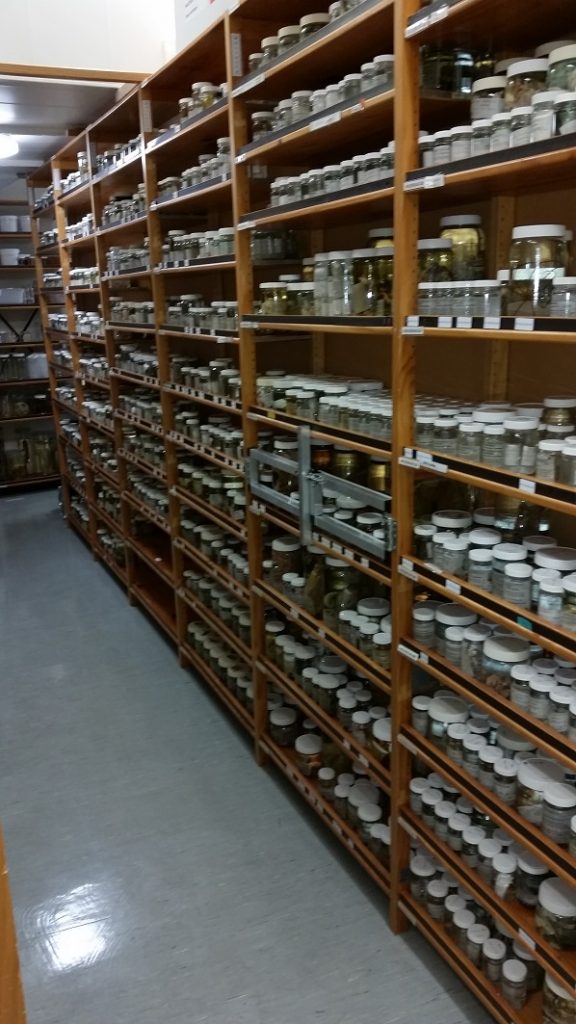Why do museums collect fish?
Natural history museums (e.g. Te Papa, Auckland Museum, Canterbury Museum, Otago Museum, NIWA’s marine invertebrate collection) generally collect and preserve specimens of plants and animals to provide a physical record of life on earth.
Most modern natural history collections aim to keep specimens for at least 200 years.
As a result the bulk of their collections are not on display. In some cases they may be so large that they have to be stored in a special facility off site.
These collections essentially act as biological libraries that allow biologists to refer to actual specimens of organisms collected at a known place and time to check their identity. Researchers even loan of specimens between museums, much like libraries loan books.
One of the most important functions of natural history museums is to preserve the Type Specimens of named species. Type specimens are the specimens referred to in the original scientific description of a species. When a biologist thinks they may have discovered an undescribed species, often called a ‘new’ species, they must carefully compare it to all related species. They generally do this by referring to the original descriptions of these species and the type specimens, particularly the Holotype (the name-bearing specimen). The science of formally describing and naming species (taxonomy) and the type specimens held in museums underpin our understanding of the diversity of life.
Many new species are not recognised at the time they are collected. Instead they sit in museum collections awaiting examination and formal identification by someone that is expert in their group. It has been estimated that on average it takes 20 years for new species in collections to be recognised.
Formal scientific descriptions of new species of plants and animals are published daily. Here in New Zealand the ‘fish team’ at Te Papa estimates that a fish not previously known from New Zealand waters is collected about every 10 days or so. Some of these are ‘new species’ that either live in remote parts of the New Zealand zone or may have simply gone unnoticed because they are small, or have been confused with other better known species.
When a specimen of a fish is received by a museum it is identified by a curator or collection manager, measured and registered into the collection (given a unique number, details of the collector, location, date, etc entered into the collection’s register and database). It may then be photographed, a tissue sample may be taken for genetic analysis, and they will often be examined for parasites (these will be preserved separately but linked to the host specimen). At that point the specimen will usually be ‘fixed’ in 10% formalin for several weeks and then transferred to ethanol (or isopropyl alcohol) for long-term storage. Alcohol is used for long-term storage because overtime formalin will decalcify the skeleton.
undescribed deepwater spiny dogfish

Sue Tindale sorting & preserving specimens


Join the cause and Donate today
As we are a Charitable Trust, your donations are 100% tax deductable.
A donation receipt will be provided for tax purposes
